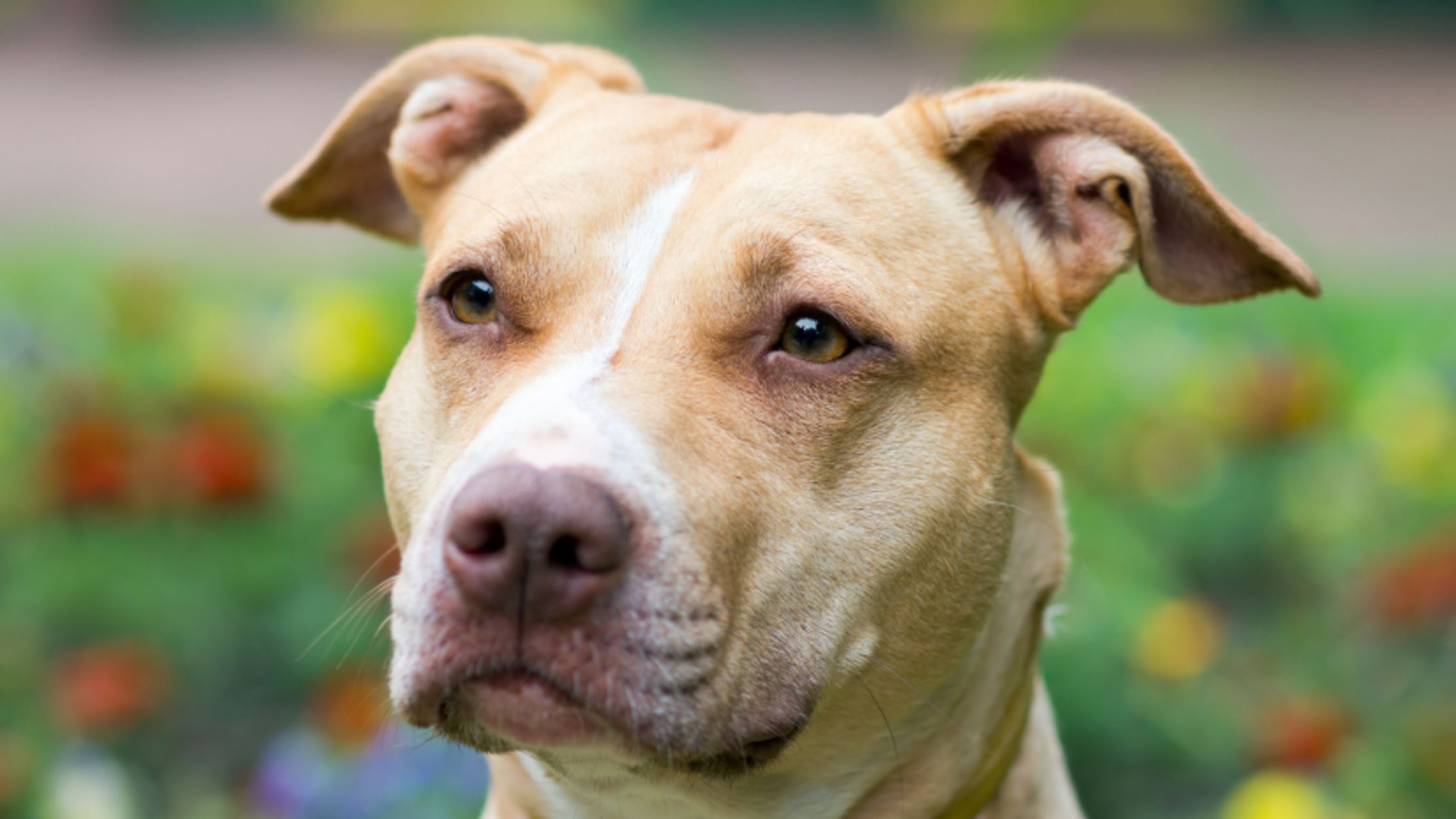

The holdout is Prince George’s, which upheld the ban in 2019. And shelters that once euthanized pit bulls, like the Humane Rescue Alliance now fight breed bans. The focus is now on bad owners, not dogs. DC restricts dogs that “without provocation” cause a serious injury to a person or another animal.

Virginia bans breed-specific laws entirely. Today, most jurisdictions in the region no longer have pit bull laws. As Malcolm Gladwell pointed out in his 2006 New Yorker feature about pit bulls, actual data shows that dogs of all breeds can bite and attack people. The town of North Beach, Maryland got rid of its ban because, as one councilmember put it, there was “no practical way to prove whether the dog that attacked is in fact a ‘pit bull’.” In 2005, the animal control director in Prince George’s County said that 70% of the pit bulls they impounded were “nice dogs,” and that the law prevented them from going after dangerous dogs. Prince George’s County banned “pit bull type dogs” in 1997 after a dog attacked an 11-year-old boy and, over the next four years, euthanized 2,400 dogs.īut pit bull bans didn’t make communities safer. A news story would appear about a dog attacking somebody (like in Takoma Park in 2007) and elected officials would propose a ban, assuming this would keep people safe. In some ways, this was a natural reaction. Then DC councilmember Jim Graham, who repeatedly tried to pass a pit bull ban, told the Washington Post that “In the wrong hands, these dogs are lethal weapons.” A 1999 article in City Journal compared their presence in a neighborhood to “drug dealing, prostitution, or aggressive panhandling.”īreed ban supporters relied on myths about pit bulls, like that they had locking jaws or were overly aggressive. The dogs were frequently associated with criminal behavior.
#Full grown american pitbull terrier series#
Starting in the 1980s, a series of high-profile pit bull attacks led to communities around the United States instituting bans on owning or breeding pit bulls. Others were bred to fight, and this led to stereotypes that the dogs were inherently dangerous. One (alleged) pit bull mix named Sergeant Stubby served in World War I and returned to the US a hero. Pit bulls were bred for a variety of reasons: some were family dogs, or helped around the farm. When I take him for walks, people usually either clock him as a pit bull or a lab. For example, a DNA test for Drizzy found that his top four breeds are American Pit Bull Terrier, American Staffordshire Terrier, Chow Chow, and German Shepherd. As a result, studies show that even shelter staff and veterinarians have a hard time picking out pit bulls based on physical features.ĭue to overbreeding, many “pit bull type dogs” are mixed breeds. There’s actually no such thing as a pit bull: the term can refer to several different breeds, including American Pit Bull Terrier, American Staffordshire Terrier, and Staffordshire Bull Terrier, but is often used to describe dogs with big heads and stocky builds. Despite being a puppy with no record of harming anyone, she was treated like a danger because of how she looked.Īruba (left) and Drizzy (right). But that family can’t live in an apartment complex or a homeowner’s association, because they often ban them too. In turn, they have to find a potential adopter outside of the county. Instead, dogs like her usually end up at other shelters or with groups like Vindicated Pit Bull Rescue, which saved Aruba. Anyone caught with a dog suspected of being a pit bull can get fined up to $1,000 or even go to jail. She came from the shelter in Prince George’s County, which has banned pit bulls since 1997. Drizzy came from a rescue in Virginia, and we own a home in Montgomery County, so there was no issue when we wanted to adopt him. She’s an eight-month-old puppy who was found as a stray.īoth Drizzy and Aruba are pit bulls. We’ve enjoyed him so much that last summer, we fostered another dog named Aruba. Like many dogs, he can usually be found going for long walks or destroying squeaky balls. My partner and I adopted him last summer. One barrier to finding these dogs loving homes are breed-specific laws and housing restrictions, which were intended to protect people from unsafe dogs but have long failed to do so. It’s Pit Bull Awareness Month, which is a time to celebrate this misunderstood (but very common) dog breed and help get them adopted. Image by Photo by PxHere licensed under Creative Commons.


 0 kommentar(er)
0 kommentar(er)
